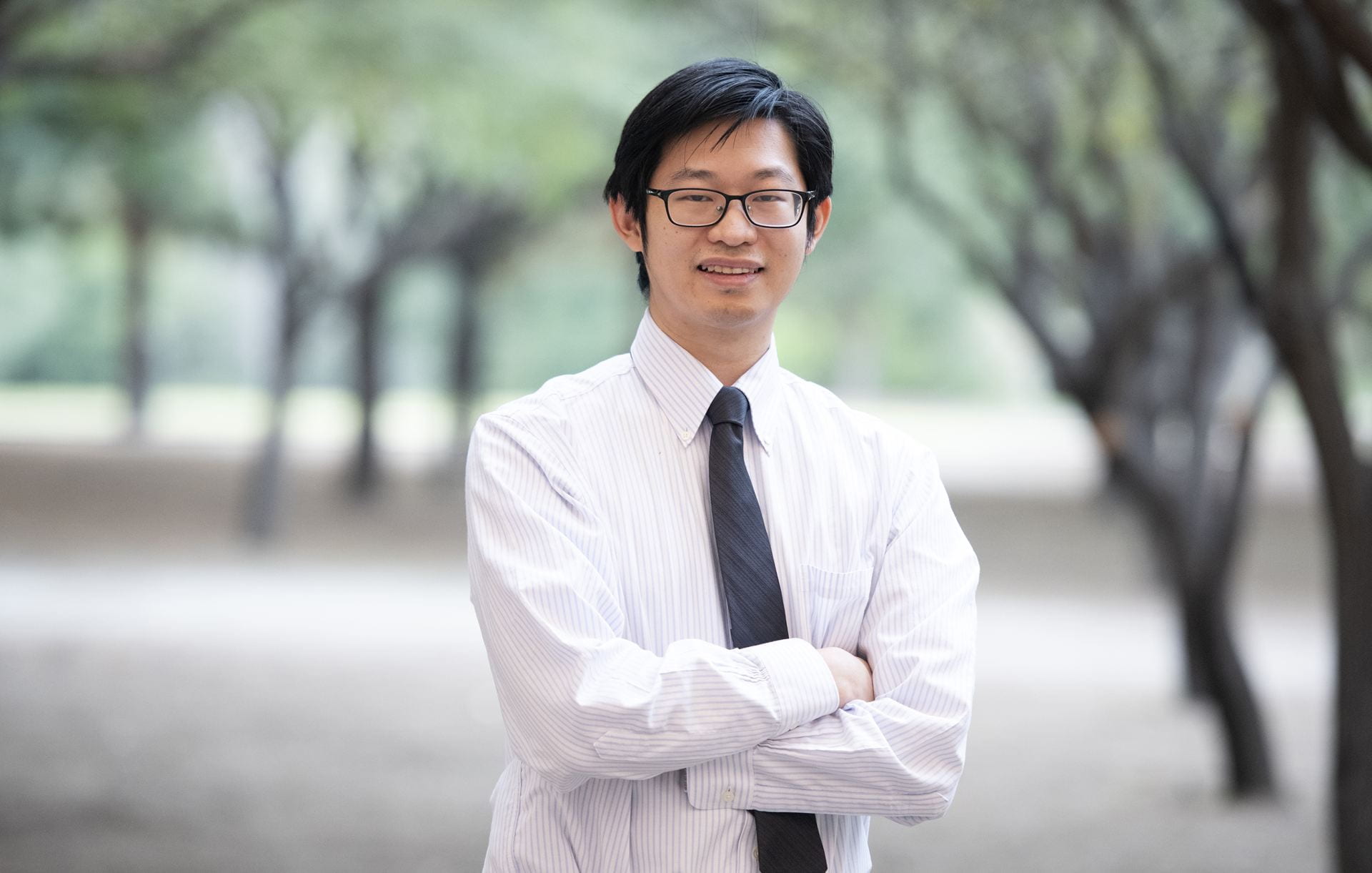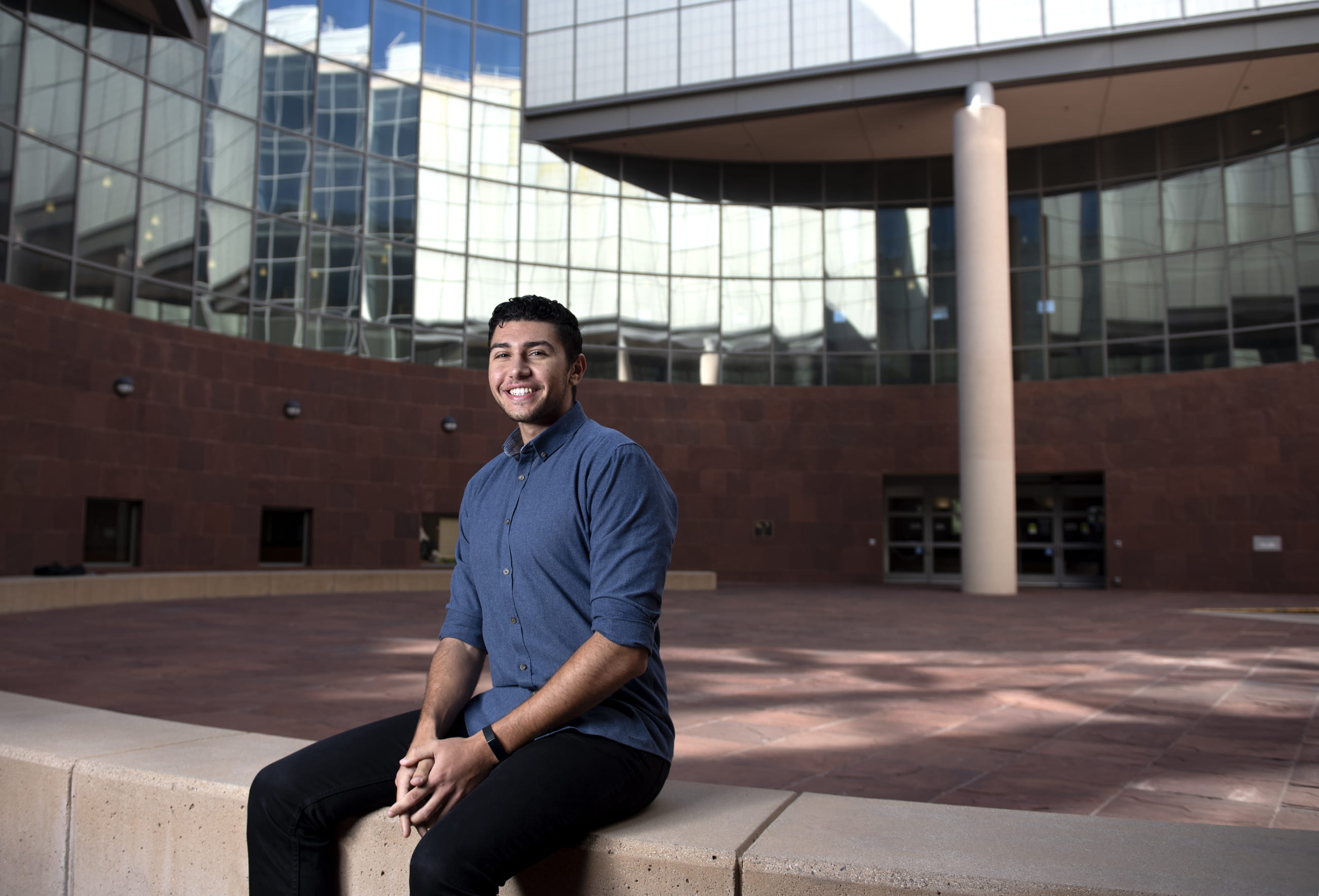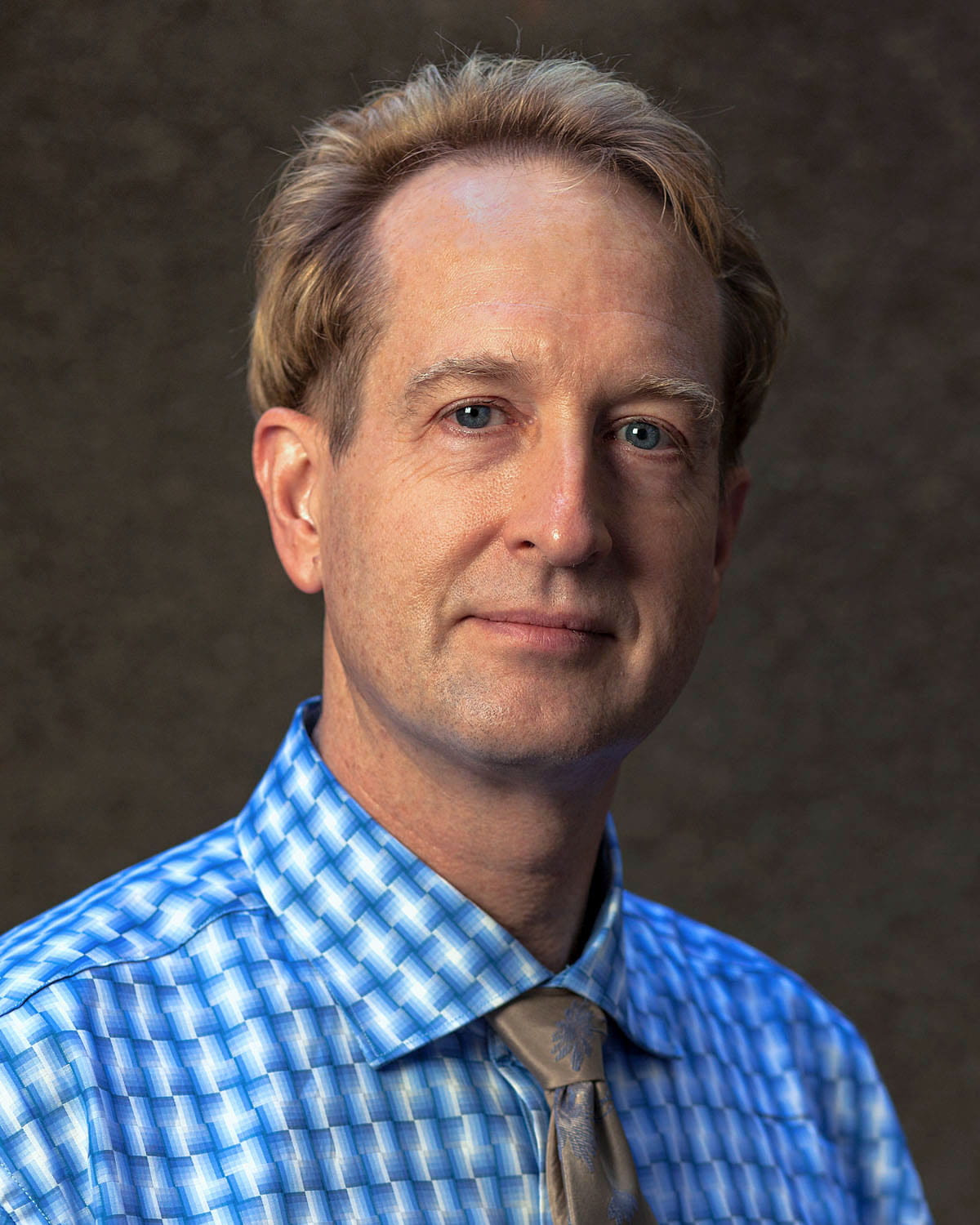Precision health perspectives
Daniel Chow discusses how physicians can use artificial intelligence tools to benefit patients

In February, UCI launched the Institute for Precision Health, a campus-wide, interdisciplinary endeavor that merges UCI’s powerhouse health sciences, engineering, machine learning, artificial intelligence, clinical genomics and data science capabilities. The objective is to identify, create and deliver the most effective health and wellness strategy for each individual person and, in doing so, confront the linked challenges of health equity and the high cost of care.
IPH will bring a multifaceted, integrated approach to what many call the next great advancement in healthcare. The institute is an ecosystem for collaboration across disciplines.
Dr. Daniel Chow is an assistant professor of radiological sciences and a co-director of UCI’s Center for Artificial Intelligence in Diagnostic Medicine. He’s been awarded teacher of the year by the Department of Radiology and was recognized by UCI Chancellor Howard Gillman as a 2018 Big Idea Winner for his team’s proposal centering on precision health and artificial intelligence. Chow is the A3 (applied analytics and artificial intelligence) lead for UCI’s Institute for Precision Health. His team brings solutions to inpatient, ambulatory and community settings and supports pilot applications. Here, Chow shares why he’s an Institute for Precision Health believer and how data is great, but humans working together are still at the crux of advancements in health care.
What most interests you about launching the Institute for Precision Health?
I’m really excited, because I think we are now in a position where within this generation we can actualize some big ideas to improve patient care. I’m still a clinician, and I want to figure out how we can deploy AI tools to benefit patients. To me, that should always be the goal.
Explain a little more. I’ve heard precision medicine described as the giant leap for health care. Is that how you see it?
I think we’re on the precipice of that. And I feel a lot of the pieces are there. You look at, say, clinical omics, you look at AI, big data … all these terms have been around for a while. I don’t think any one of these things is what’s going to advance healthcare but when you integrate all these technologies – and when you integrate with cohesive goals – then I think things can advance. That’s exactly what we’re doing with IPH.
What do you envision your primary contribution at IPH will be?
All of the groups within IPH have specific focuses. The group I lead focuses on deploying tools and strategies and quantifying the benefits.
Do you mean that you’ll be taking tools into clinical settings and figuring out how to get them to work within the hospital or clinic?
That’s exactly what it is. And some of the solutions we use will be developed within IPH and some may be already developed within industry. So, we’ll work with a little of both.
You wear a number of hats right now. How quickly do you think IPH will be the thing that really takes over your life?
I feel like for myself right now that’s kind of the goal. I want to be able to move in that direction where I dedicate much of my time to IPH.
Is it because you think this is the most important place to put your energy?
Yes. I think growing up this is what I always wanted to do. This is what I dreamed of doing.
What fueled that dream?
What interests me is looking at operational benefits, kind of looking at the downstream effects of tools and strategies. When you start to impact those, then it’s not about just touching the life of a person or even a group of people. It’s about advancing an entire field and touching the lives of countless people. So that’s what excites me.
Do you know what your first project within IPH will be?
We have a few things that we’ve already been working on. One is an AI tool that will automatically detect strokes. From the initial analysis that we’ve done we have shown that it can drastically improve turnaround time – that is, the time between admission and when radiology reports the stroke finding to neurology. However, one thing we’re still measuring is if this actually results in better patient outcomes. The answer right now is that it’s kind of mixed.
Do you know why?
The analogy I use is that AI is kind of a cog, and a cog is meant to turn other cogs. In this early generation, people are still treating AIs like wheels, though. And we’re trying to fit them in our usual and customary workflows. So that will have to adjust. One of the goals must be not just developing cool technology but also developing ways to leverage it. We have to figure out how to actually move these tools into our workflow. So, with the stroke work, we have the new tool for faster stroke detection, but we have to figure out the degree to which the bottleneck with patient care is detection or perhaps something else.
And you were also part of the team that developed the COVID Vulnerability Index, a tool that doctors use to quickly determines how to best treat each patient?
Yes. With the COVID Vulnerability Index, we went from just the idea for it to actually having the tool in place and deployed within four months of the pandemic hitting UCI. And part of the COVID tool is that we use the knowledge gained from each patient to best treat the next. This represents a very big shift. In medicine, knowledge has traditionally been generational. Now it’s becoming more real time.
An axiom that medical students are taught is that half of what you learn at school is wrong, but you just don’t know which half yet. Why? Because historically if we had a new challenge, medical colleagues would share experiences by maybe writing them up for publication in a peer-reviewed journal and learning from each other that way. But that process takes a really long time. And, of course, that’s not what we did with COVID. We pulled all the data in real time, and we learned from patients in real time. So that was our testing ground of sorts. It showed that translational medicine – the bench to bedside process – can move much faster in a precision health paradigm.
And do you now feel that tool has legs?
Exactly. There are other issues that we might use the model to build on. A few ideas: hospital readmission, sepsis … there are so many other challenges where we might apply the same formula that we used for the COVID tool. But it wasn’t just me or my group that developed it. We collaborated with laboratory medicine, radiology, computer sciences, public health, nursing and many others. To bring it back full circle, it’s just like it’s not going to be any one technology that’s going to solve the huge modern health issues. It’s also not any one field or specialty that will do it. You really have to combine all the different expertise and insights to actually get there. And that’s something IPH is doing.
Sometimes when people talk about precision health, they laser focus on the idea of merely getting more data. It sounds like you’re acknowledging that the success of precision health and UCI’s Institute for Precision Health will also be because it pools so many specialties and so much human expertise?
Precision health really is about the team effort; it’s bigger than any one person. But, yes, I think historically there’s been a lot of focus on specific types of data. Sometimes the problem is that there’s almost too much data, though. So I just like to emphasize that we also need to know how we combine all the different types of tools we develop. And we need to know how to best integrate the knowledge within the healthcare setting.
How long before you can confidently say that IPH has improved patient health?
Well, we can already say that because of our work with COVID and stroke detection. Now the task is to find more applications and more uses. What I’m most interested in is frequent, incremental successes. I’m a firm believer that little successes add up to major advancements.
If you want to learn more about supporting this or other activities at UCI, please visit the Brilliant Future website at https://brilliantfuture.uci.edu. Publicly launched on October 4, 2019, the Brilliant Future campaign aims to raise awareness and support for UCI. By engaging 75,000 alumni and garnering $2 billion in philanthropic investment, UCI seeks to reach new heights of excellence in student success, health and wellness, research and more. UCI Health Affairs plays a vital role in the success of the campaign. Learn more by visiting https://brilliantfuture.uci.edu/uci-health-affairs/.
About UCI Institute for Precision Health: Founded in February 2022, the Institute for Precision Health (IPH) is a multifaceted, integrated ecosystem for collaboration that maximizes the collective knowledge of patient data sets and the power of computer algorithms, predictive modeling and AI. IPH marries UCI’s powerhouse health sciences, engineering, machine learning, artificial intelligence, clinical genomics and data science capabilities to deliver the most effective health and wellness strategy for each individual person and, in doing so, confronts the linked challenges of health equity and the high cost of care. IPH is part of UCI Health Affairs, and is co-directed by Tom Andriola, vice chancellor for information, technology and data, and Leslie Thompson, Donald Bren Professor of psychiatry & human behavior and neurobiology & behavior. IPH is a comprised of seven areas: SMART (statistics, machine learning-artificial intelligence), A2IR (applied artificial intelligence research), A3 (applied analytics and artificial intelligence), Precision Omics (fosters translation of genomic, proteomic, and metabolomic research findings into clinical applications), Collaboratory for Health & Wellness (provides the ecosystem that fosters collaboration across disciplines through the integration of health-related data sources), Deployable Equity (engages community stakeholders and health-equity groups to create solutions that narrow the disparities gap in the health and wellbeing of underserved and at-risk populations.) and Education and Training (brings data-centric education to students and healthcare practitioners so they can practice at the top of their licenses).


